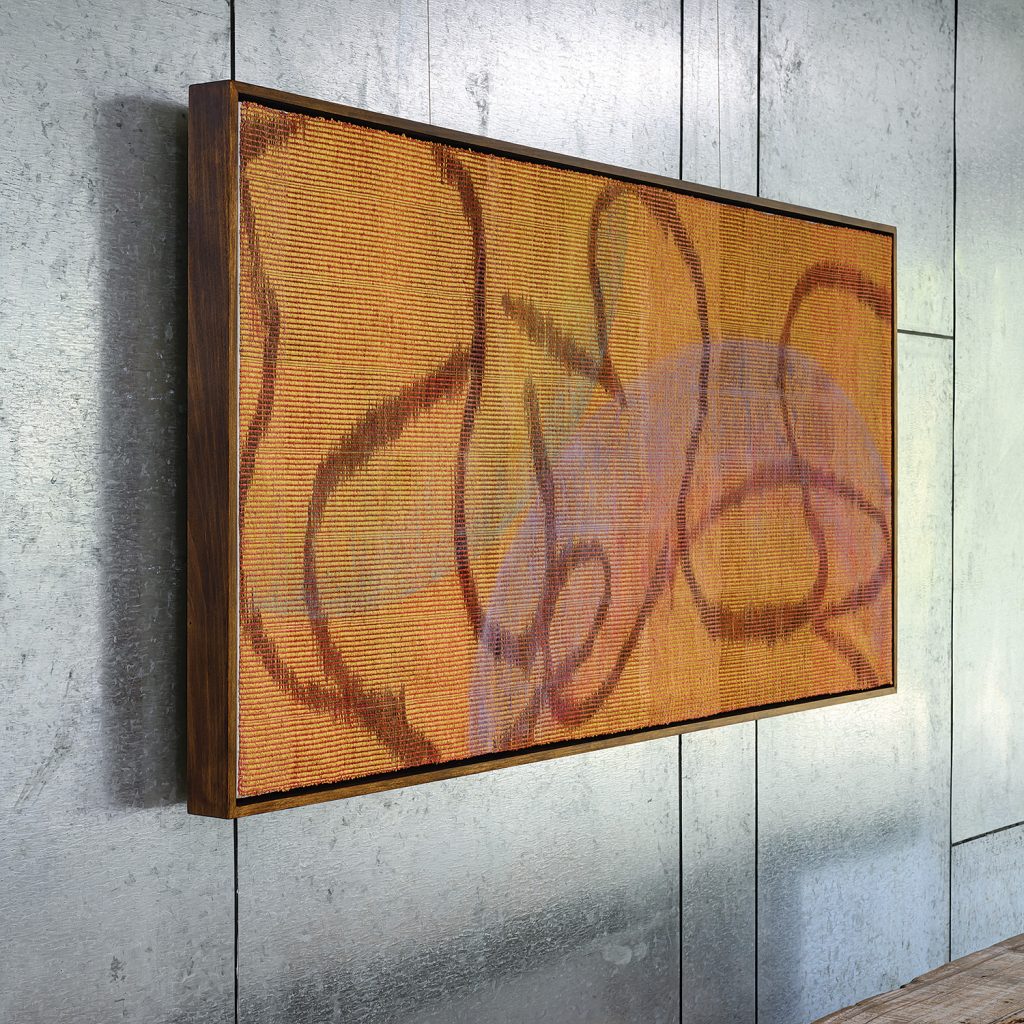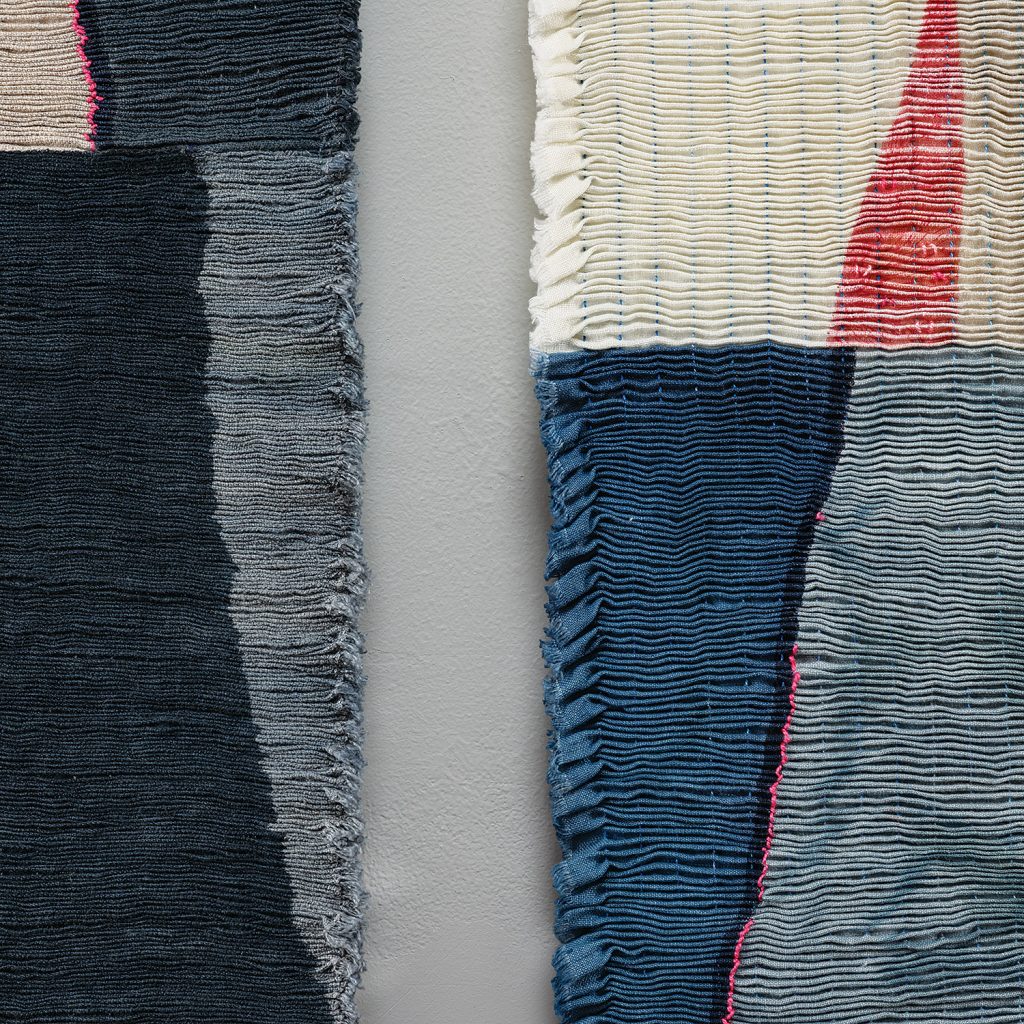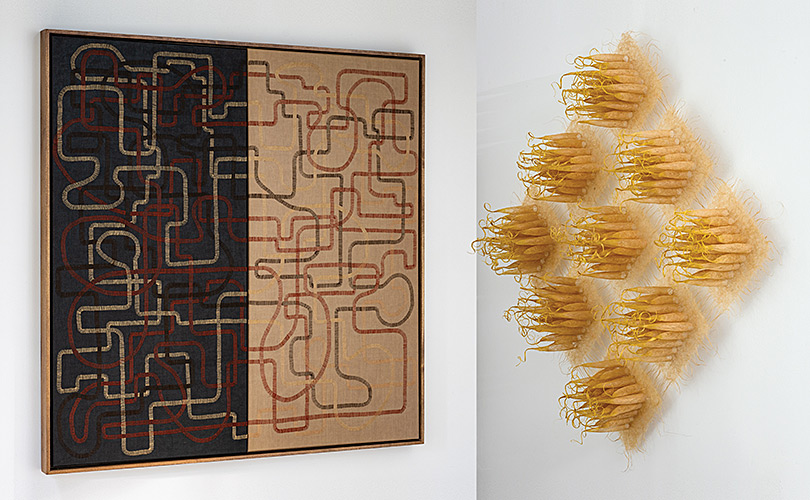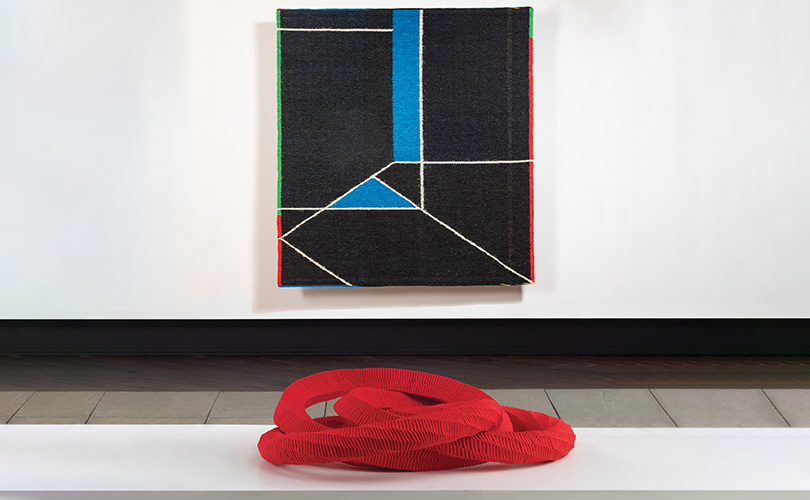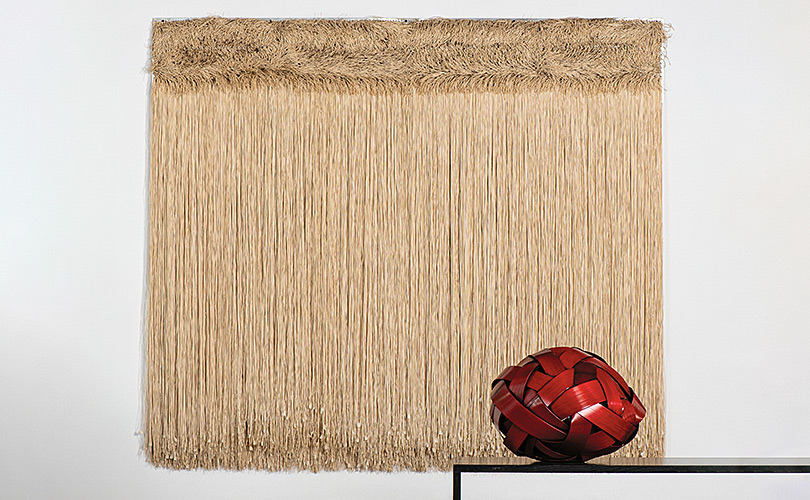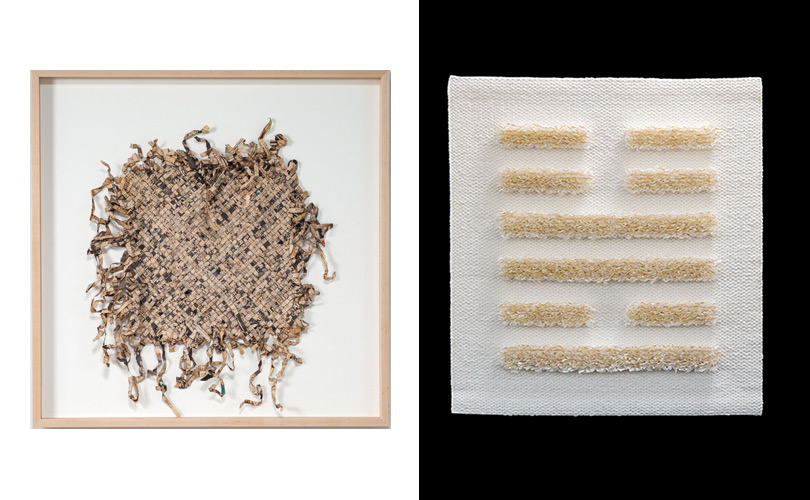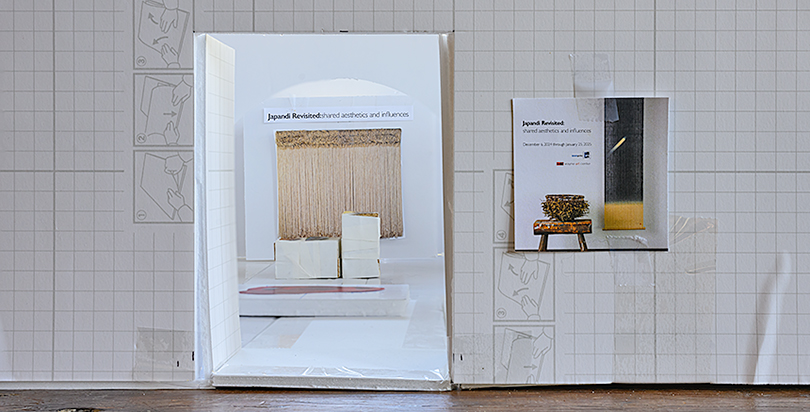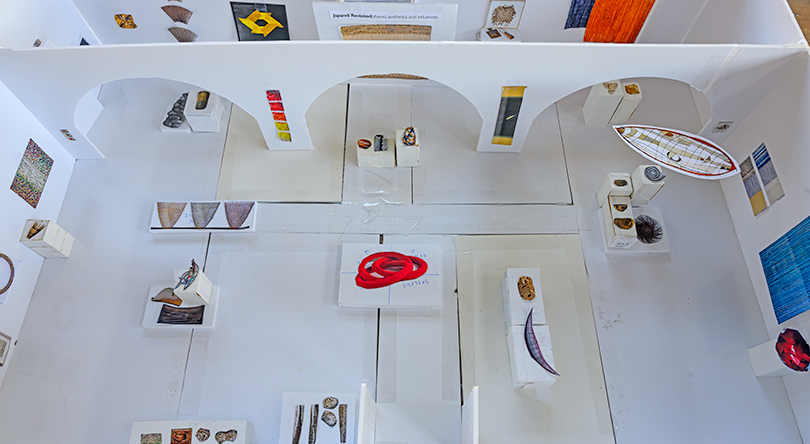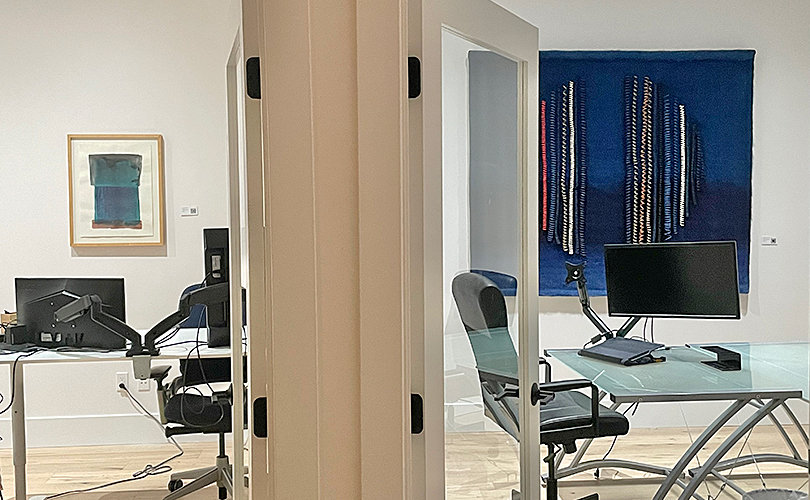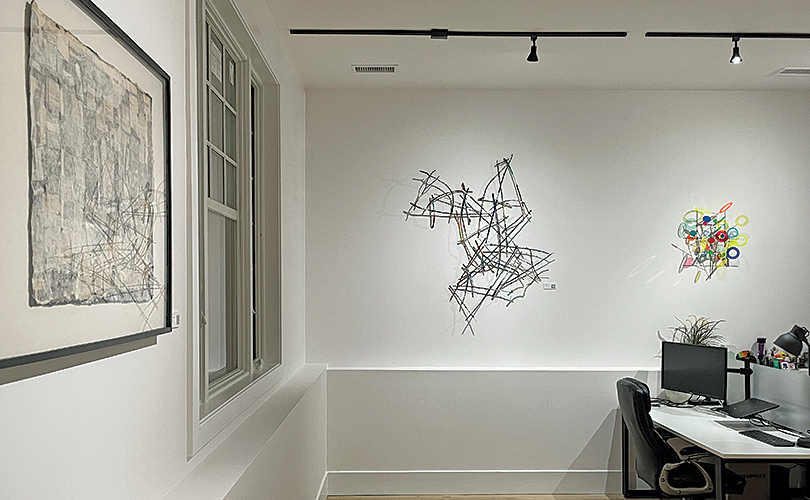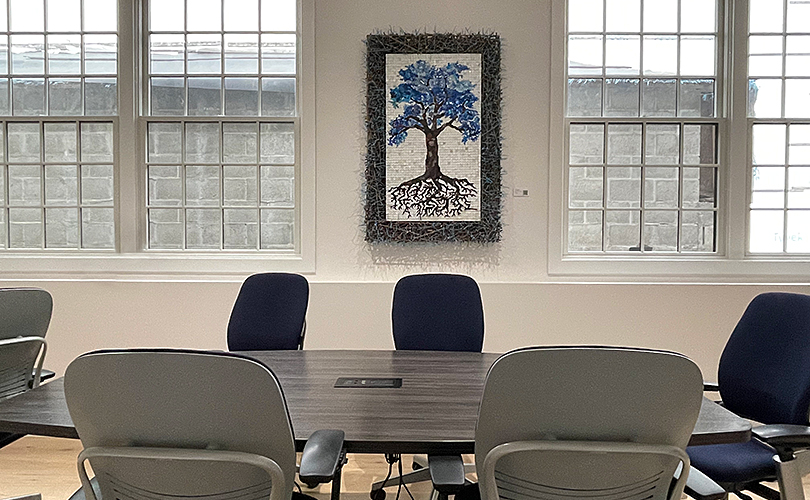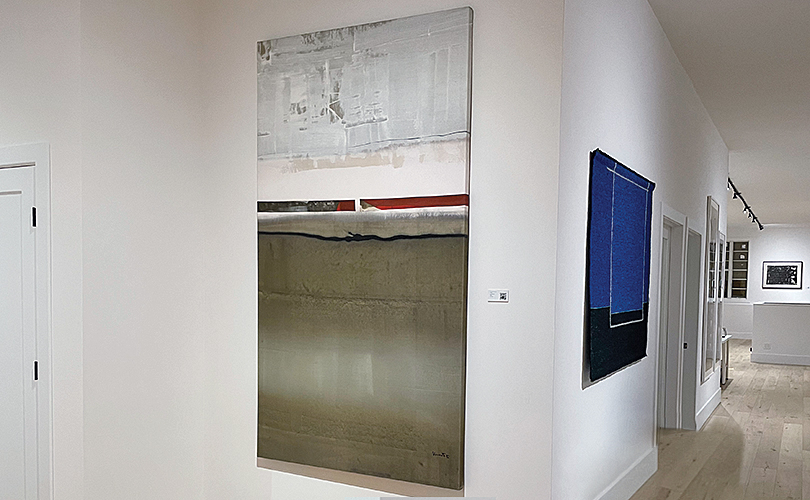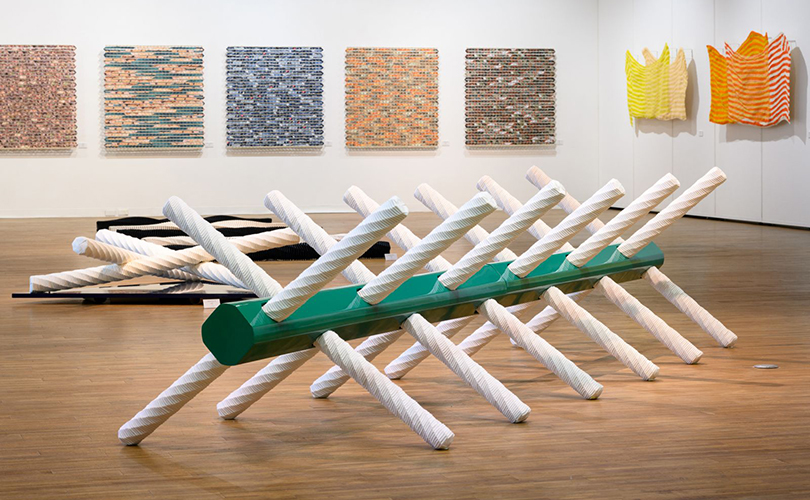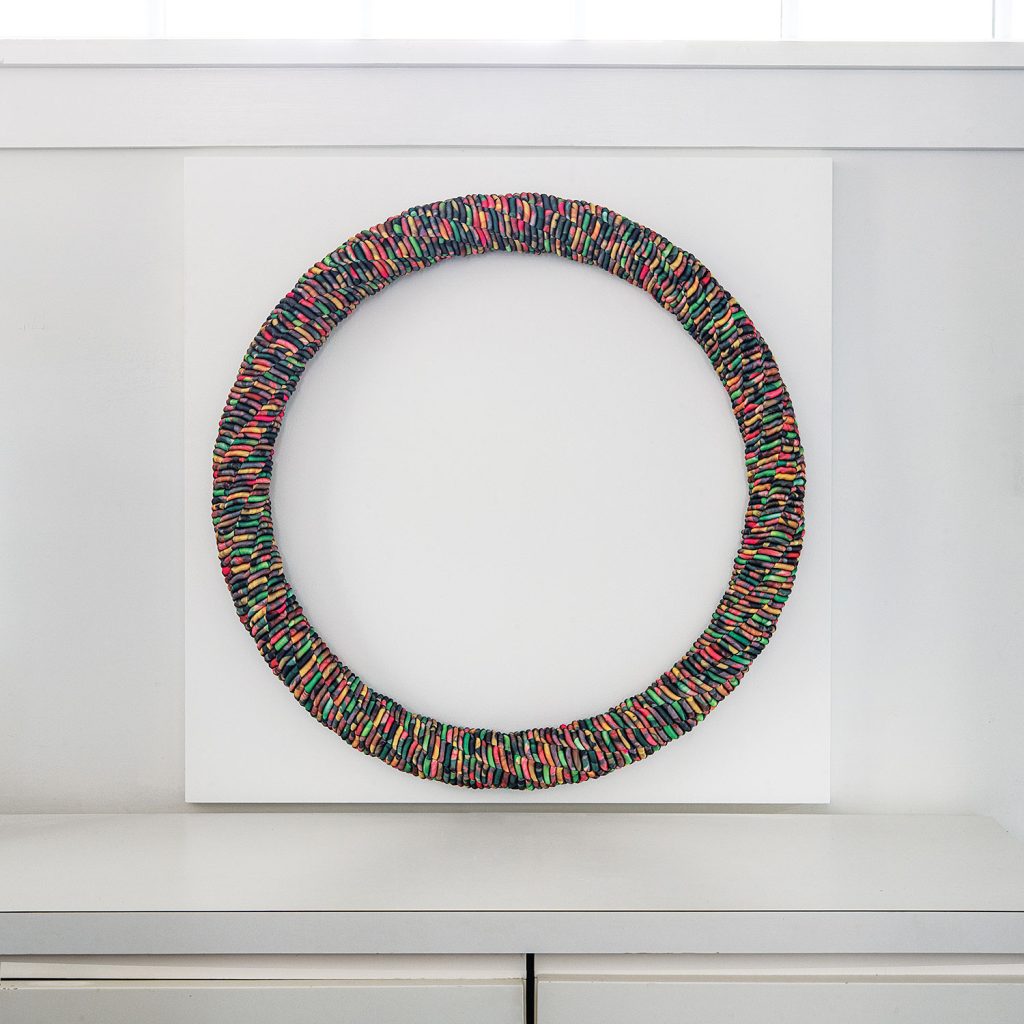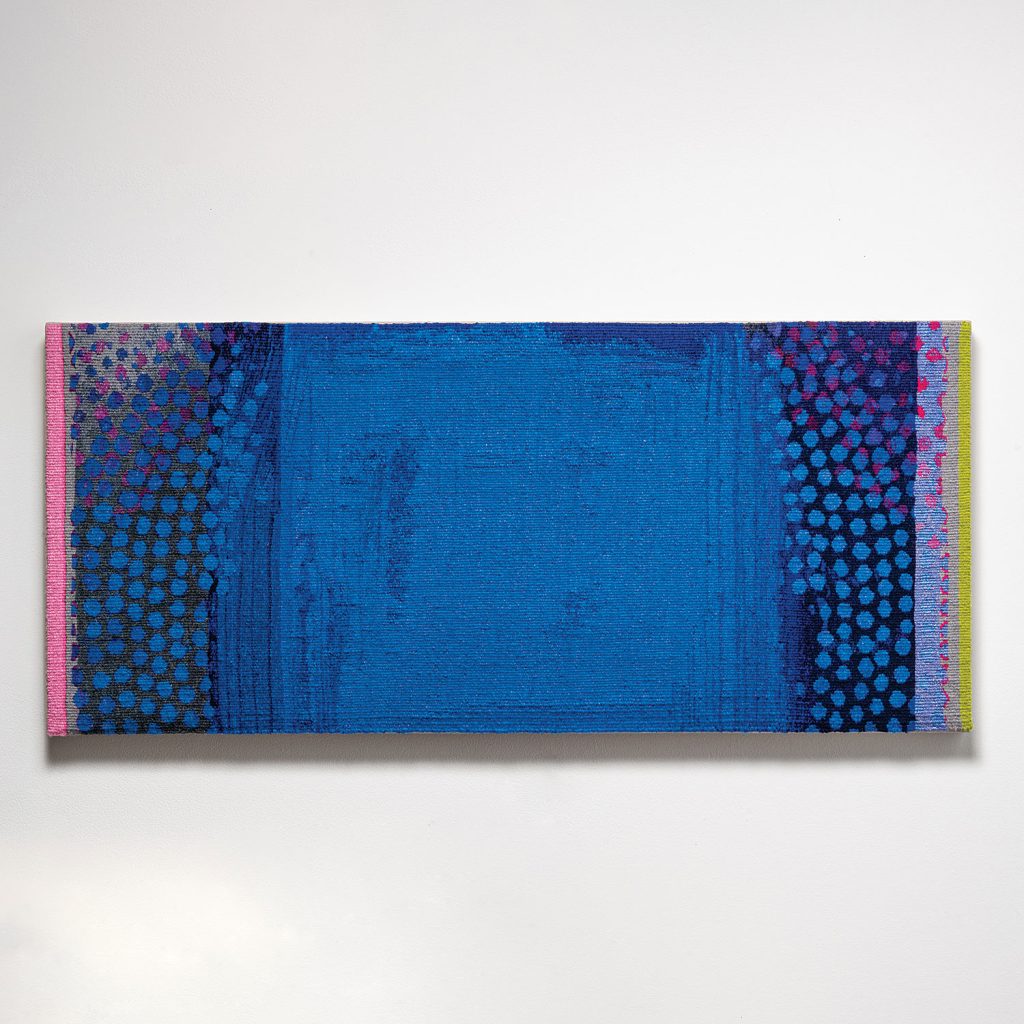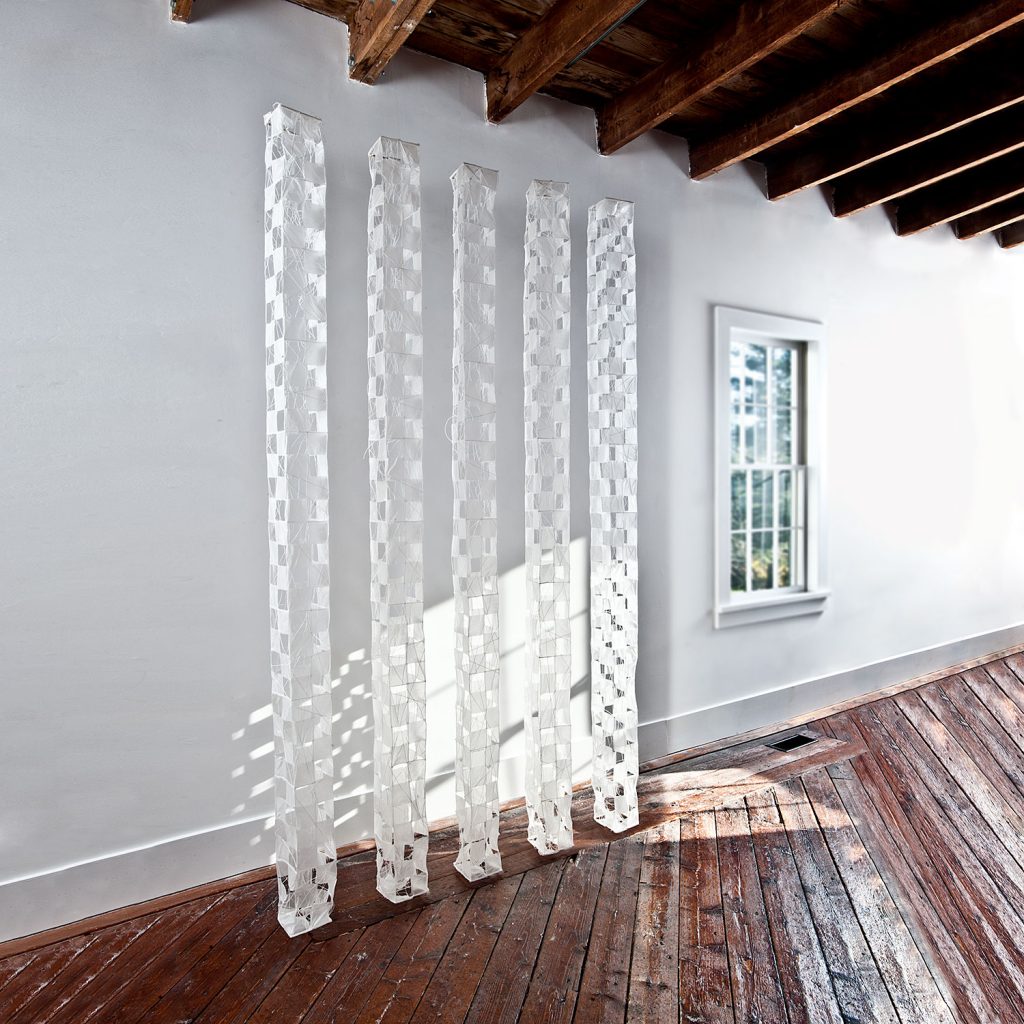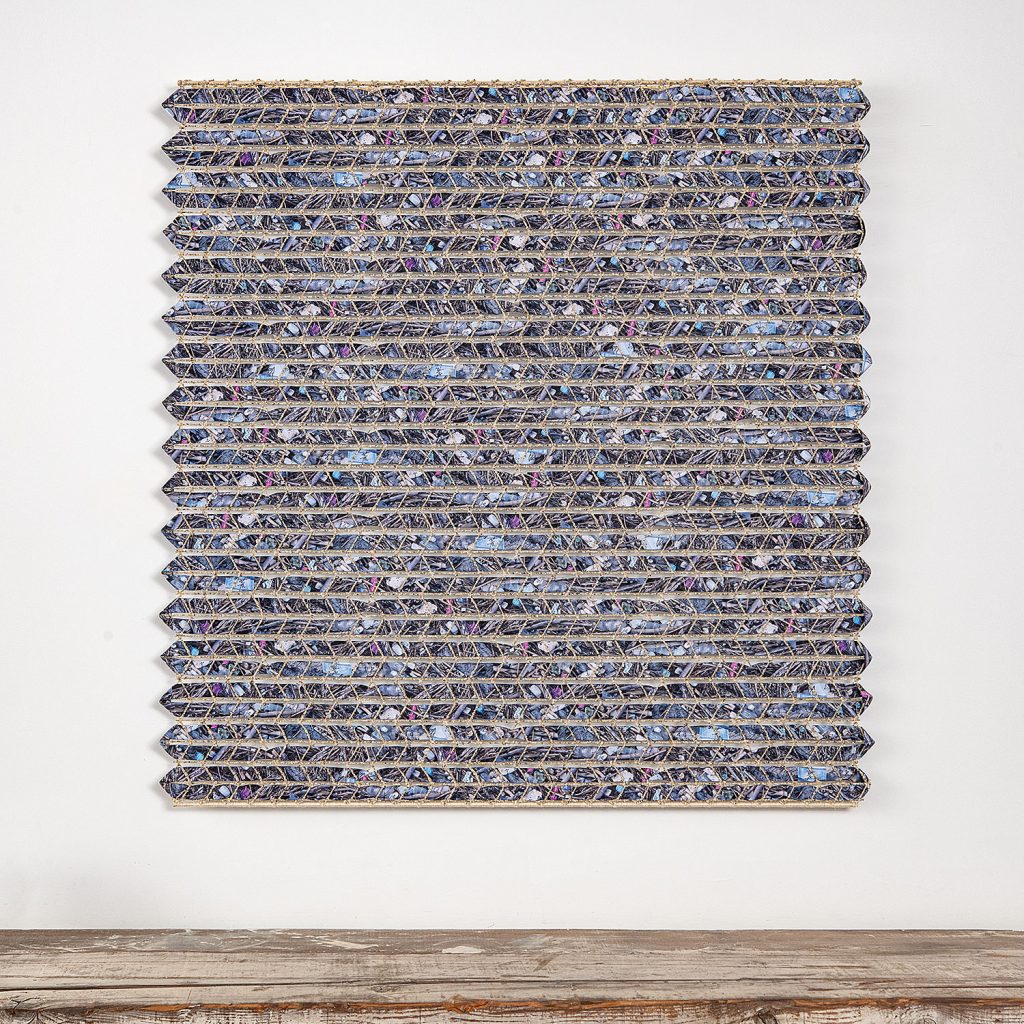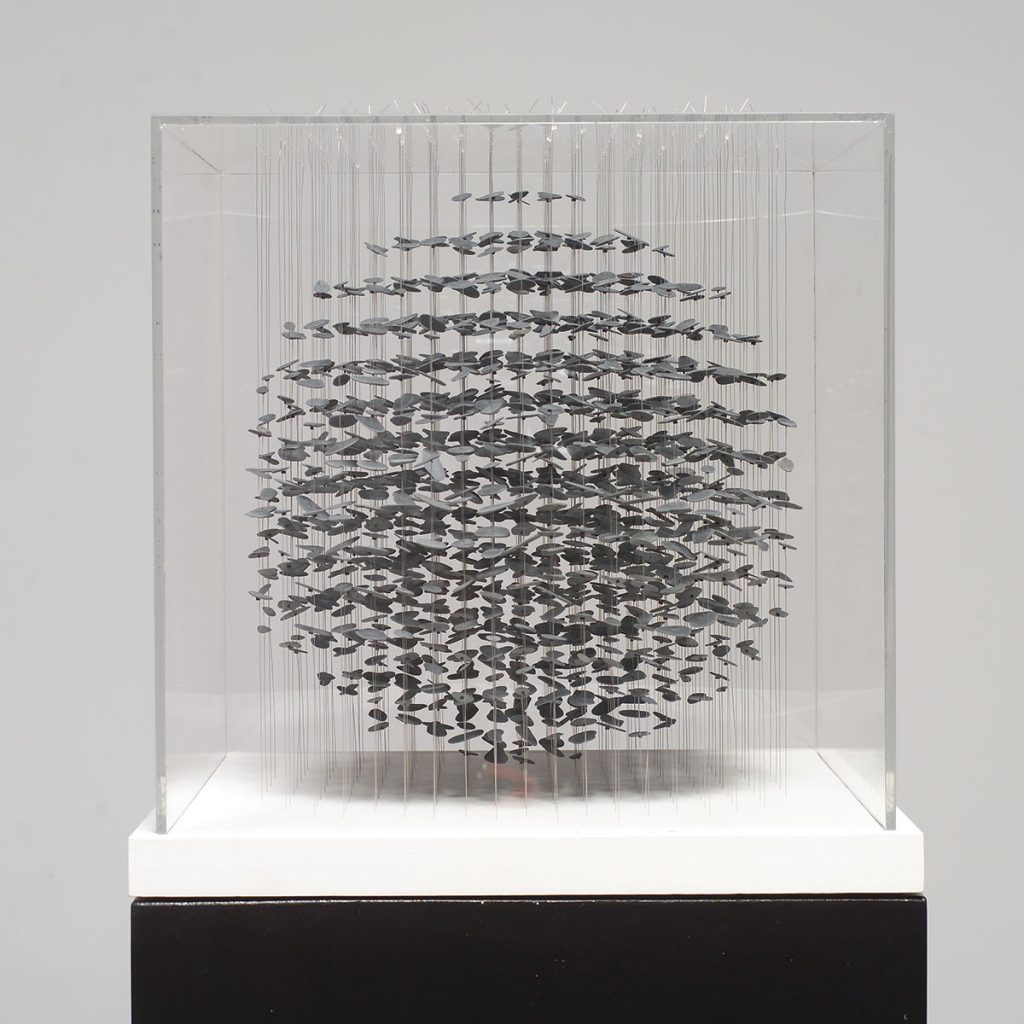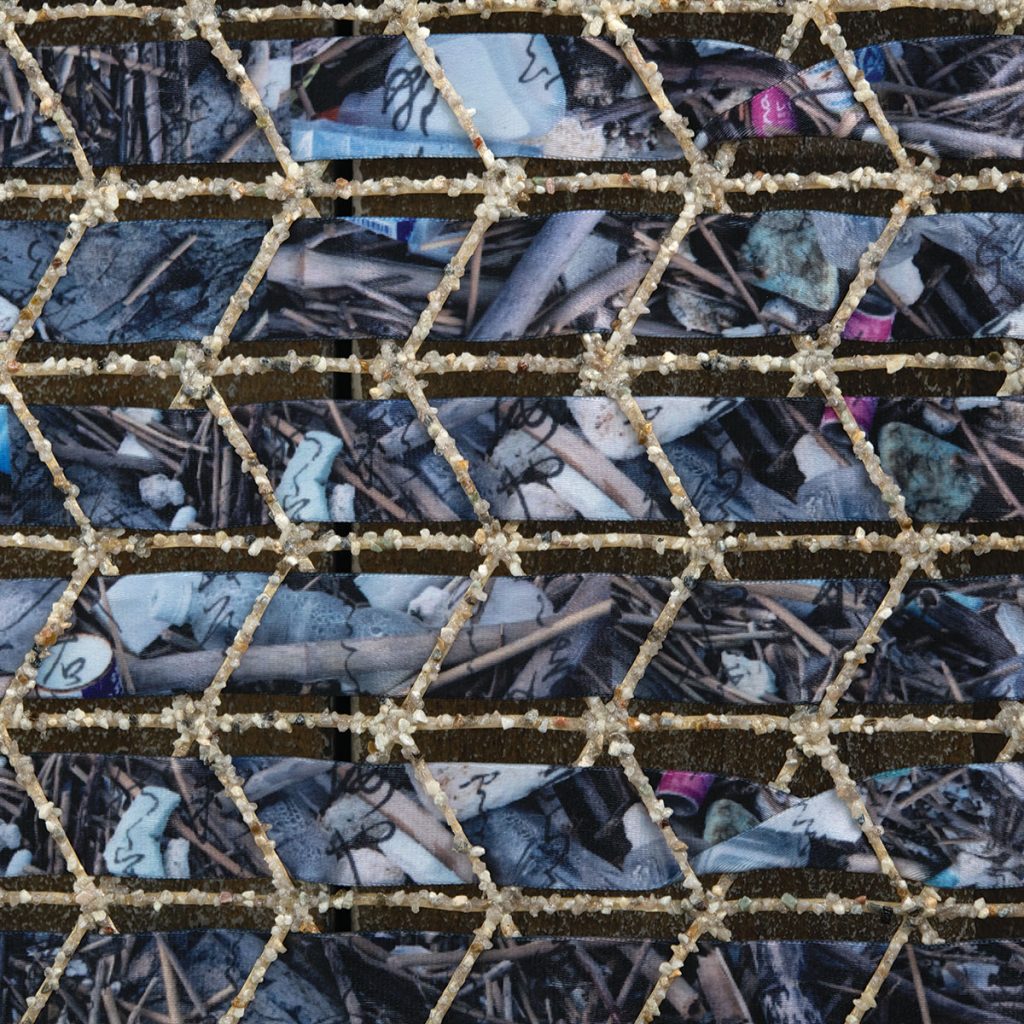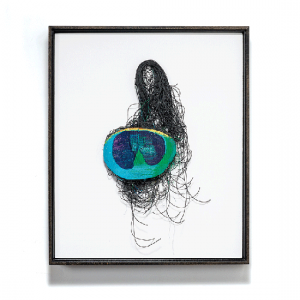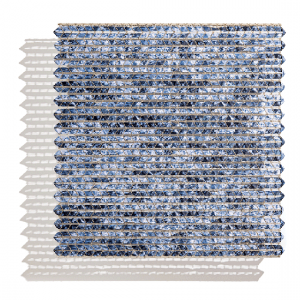
The way we experience an artwork is deeply influenced by its setting. Context—whether physical, spatial, or digital—acts as a lens that shapes how we interpret and emotionally respond to a piece. We experienced the impact of context quite graphically in the early days of browngrotta arts. Our first space had a room with a brown linoleum floor. We displayed three red-and-black canvas paintings in there — they attracted absolutely no interest. We finally sprung for a black floor. Suddenly the paintings popped, we sold the paintings within weeks to a client who’d actually seen them before, but not noticed them.
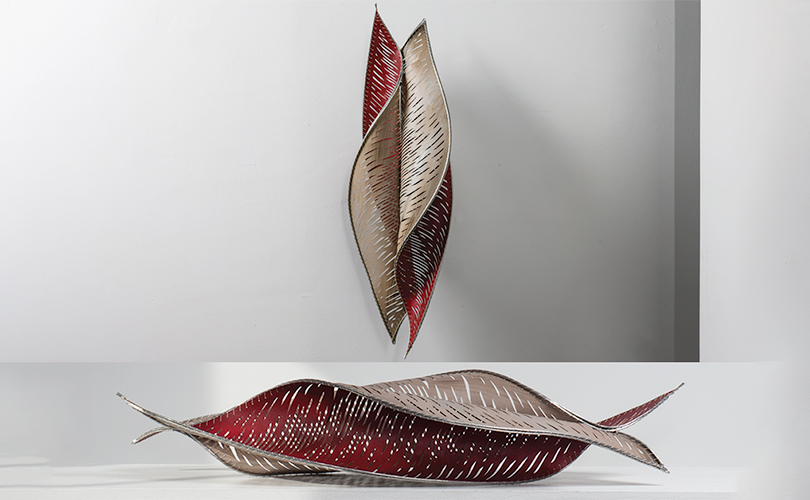
We’ve since learned more about the difference a well-thought out framing solution can make. We’ve learn to consider varying display options — on a surface and or a wall. And of course, as a hallmark of browngrotta arts, we’ve become proponents of off-the-wall installation for nearly everything. In this post we’ll talk about what a difference a display can make and we’ll illustrate that discussion with examples of works that display well — but often quite differently — when shown flat versus elevated.

In a museum or gallery, the environment invites quiet reflection. Controlled lighting, open space, and minimal distractions encourage focused engagement. In contrast, a public space transforms viewing into a more spontaneous and social act. A mural on a busy street or a sculpture in a park becomes part of everyday movement and conversation. The artwork interacts with architecture, weather, and passersby, taking on new meanings shaped by its surroundings. browngrotta arts adopted the concept of “art in use” nearly 40 years ago. We intentionally eschew the “white cube” approach, choosing instead to show artworks in a residential setting with backgrounds of brick, wood, window, steel, and dry wall. We photograph art in the same way — including a bit of window frame or furniture for scale and for context.
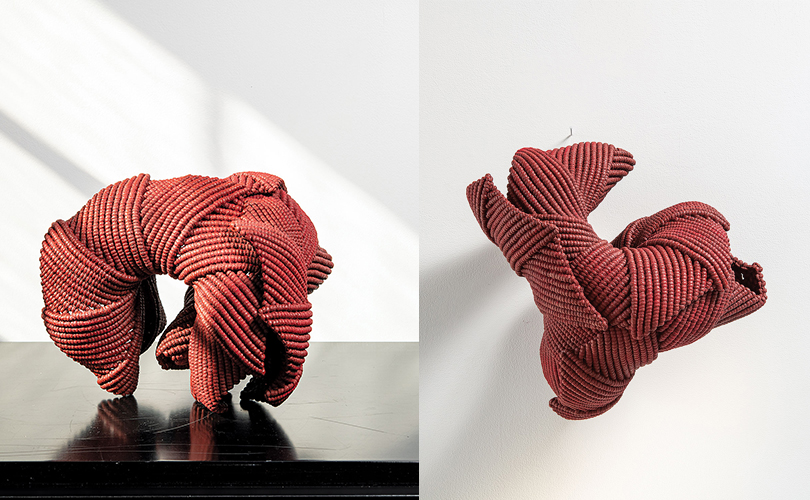
The digital versus physical context offers another layer of contrast. Seeing an artwork online or in a book provides accessibility but lacks the scale, texture, and material presence of the original. Standing before a large painting or a textured sculpture can evoke a visceral reaction that a screen cannot replicate. The digital experience flattens, while the physical presence immerses. We’d go a step further and say that viewing a fiber sculpture hung away from the wall, lit to enhance its dimension and capacity for shadow, offers an even more captivating experience.
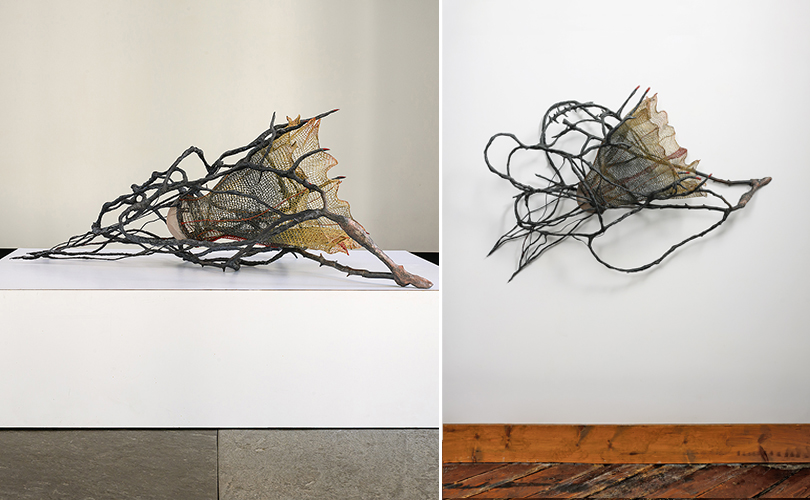
Within physical spaces, display choices significantly alter perception. An artwork displayed on a wall—such as a painting, photograph, or relief—often encourages a frontal, visual engagement. Wall art draws the eye upward and outward, transforming flat surfaces into expressions of color, movement, and meaning.The viewer remains slightly distanced, observing the work as an image or window into another world. In contrast, an artwork placed on a pedestal invites a more three-dimensional, sculptural interaction. The pedestal elevates the object, granting it importance and encouraging viewers to move around it, to see it from multiple perspectives. This spatial relationship emphasizes the artwork’s physicality and objecthood.

Finally, the adjacent works and curatorial decisions surrounding an artwork shape how it is read. A piece displayed among others with shared themes or contrasts can create narratives, tensions, or dialogues. The context of display becomes part of the artwork’s meaning.
Ultimately, no artwork exists in isolation. Whether encountered in a hushed gallery, a bustling street, a digital space, as part of curated residential collection, or elevated on a pedestal, its setting transforms not only how we see it—but also how we understand its place in the world.


